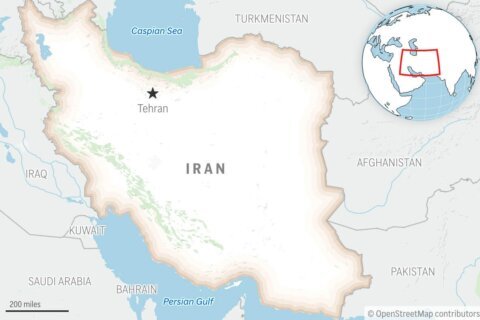Depending on where you live, Medicare Cost plans may offer the “best of both worlds” for older adults who want the flexibility of keeping their traditional Medicare benefits while simultaneously having access to out-of-network health care providers.
“The key difference between Medicare Cost plans and other types of Medicare plans is that enrollees are not restricted to the plan’s network of providers. They can go outside the network to receive Medicare-covered services,” says David Lipschutz, senior policy attorney at the Center for Medicare Advocacy, a nonprofit in the District of Columbia.
Medicare is the federal health insurance program for people who are age 65 and older and for certain individuals with disabilities. You may qualify for Medicare at any age if you have end-stage renal disease requiring dialysis or a kidney transplant, or amyotrophic lateral sclerosis (also known as ALS or Lou Gehrig’s disease).
Medicare Part A covers inpatient hospital stays, while Part B covers doctor services. Medicare Part C refers to Medicare Advantage plans offered by private insurance companies, and Medicare Part D offers prescription drug coverage.
[Read: Medicare Open Enrollment: What You Need to Know.]
In some parts of the country, beneficiaries have the option to enroll in Medicare Cost plans offered by private insurance companies. People with Medicare Cost plans maintain their traditional Medicare Part A and Part B coverage to allow them to go to non-network providers.
According to Gerald Kominski, director of the Center for Health Policy Research at the University of California–Los Angeles, Medicare Cost plans are a “hybrid” between health maintenance organizations, or HMOs, which restrict enrollees to a network of providers, and preferred provider organizations, or PPOs, that have a broader network of providers.
“Medicare Cost plans are essentially an HMO with the option to opt out of the limited network and see any doctor using traditional fee-for-service Medicare,” Kominski says. “It’s like an HMO with an escape clause.”
Some Medicare Cost plans include prescription drug coverage, or individuals can purchase a stand-alone Medicare prescription drug plan. Beneficiaries who seek out-of-network care pay the Part A and Part B coinsurance and deductible. To access services, enrollees must show their Original Medicare card and cost plan card. People with Medicare Cost plans can return to Original Medicare at any time, even outside the Medicare open enrollment period.
[Read: 6 Health Care Expenses Medicare Won’t Pay For.]
Historically, Medicare Cost plans provided a managed care option in areas of the country that traditionally had few Medicare Advantage plans, Lipschutz explains. Medicare Cost plans pay based on the reasonable cost of delivering services, while Medicare Advantage plans accept the financial risks if costs exceed fixed payments per enrollee. With Medicare Cost plans, Original Medicare steps in only when the enrollee goes out-of-network for care, not when costs are exceeded.
That’s why consumers deciding between Medicare Cost and Medicare Advantage plans — which are both offered by private insurance companies — should consider whether they want access to out-of-network doctors and hospitals. People with Medicare Cost plans can see out-of-network providers because traditional Medicare kicks in at that point, and the enrollee pays the deductible for Part A and Part B. It’s one of the main reasons why Medicare Cost plans are convenient for those who travel during their retirement. Depending on the type of Medicare Advantage plan, consumers must see providers in-network and either pay out-of-pocket or a higher premium if they happen to be traveling outside of their coverage area.
In 2017, a total of 612,054 Americans in 14 states and the District of Columbia have Medicare Cost plans, according to the Kaiser Family Foundation. That’s significantly less than the 19 million Americans enrolled in Medicare Advantage plans.
Overall, Minnesota has the nation’s largest concentration of people with Medicare Cost plans, according to KFF: 380,195 in 2017.
Jean Wood, executive director of the Minnesota Board on Aging, attributes the popularity of Medicare Cost plans to the large number of “snow birds” — older adults who move to a warmer climate for several months during the year. “People can leave Minnesota and their Medicare Cost plan reverts to original Medicare Part A and B, which they can use fairly easily when they are out of state,” Wood says. “They appreciate having that flexibility.”
[Read: What to Consider When Shopping for Medicare Coverage.]
Periodic discussions by federal officials to abolish Medicare Cost plans have concerned Minnesotans throughout the years, she says, “but our citizenry has been able to persuade Congress [to keep the plans] every time the subject has come up.”
More from U.S. News
10 Questions Doctors Wish Their Patients Would Ask
10 Ways to Make the Most of Medicare
8 Questions to Ask Your Doctor About Colon Cancer
Medicare Advantage vs. Medicare Cost Plans: What’s the Difference? originally appeared on usnews.com
Update 03/22/18: This piece was originally published on Oct. 31, 2014.







